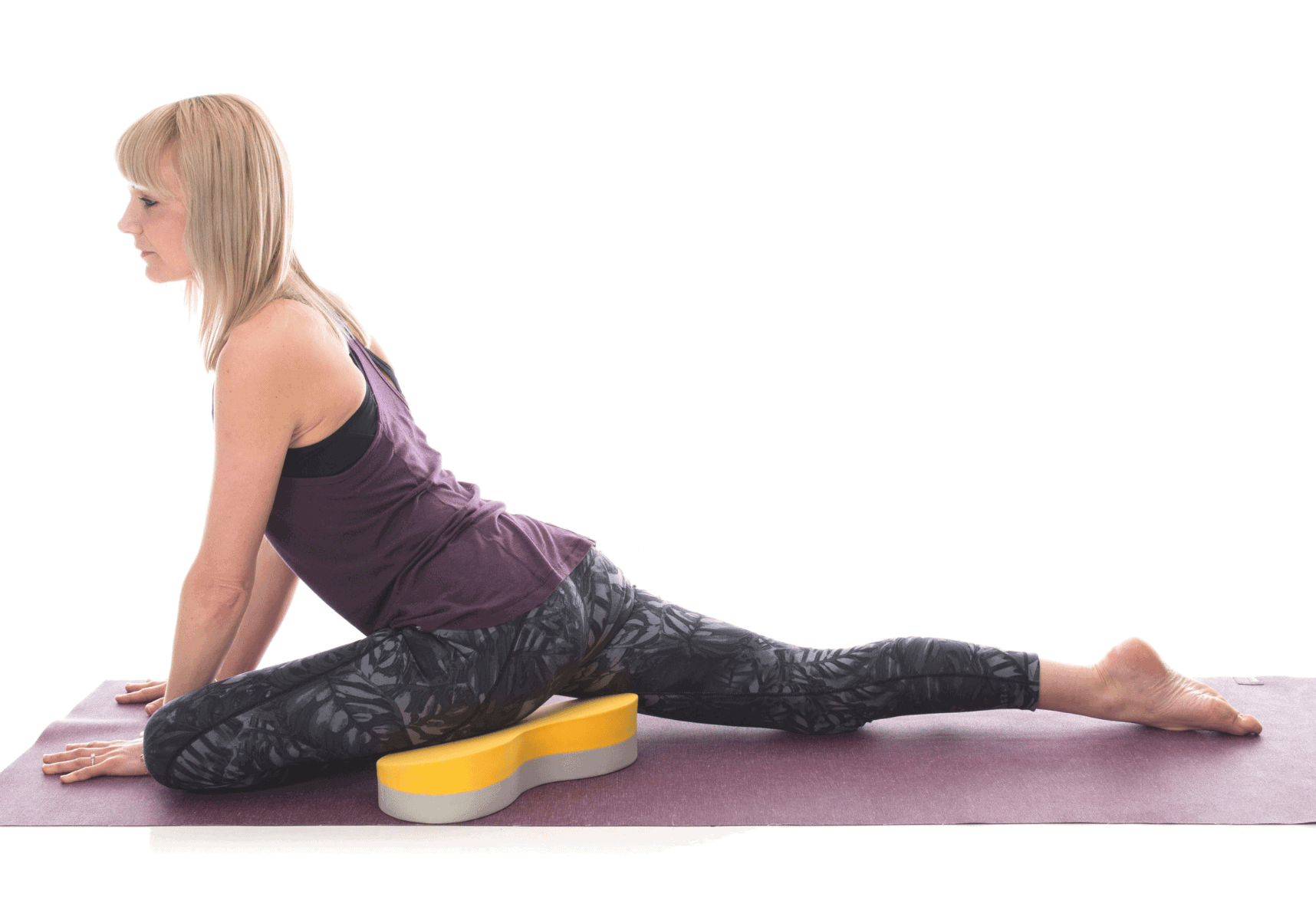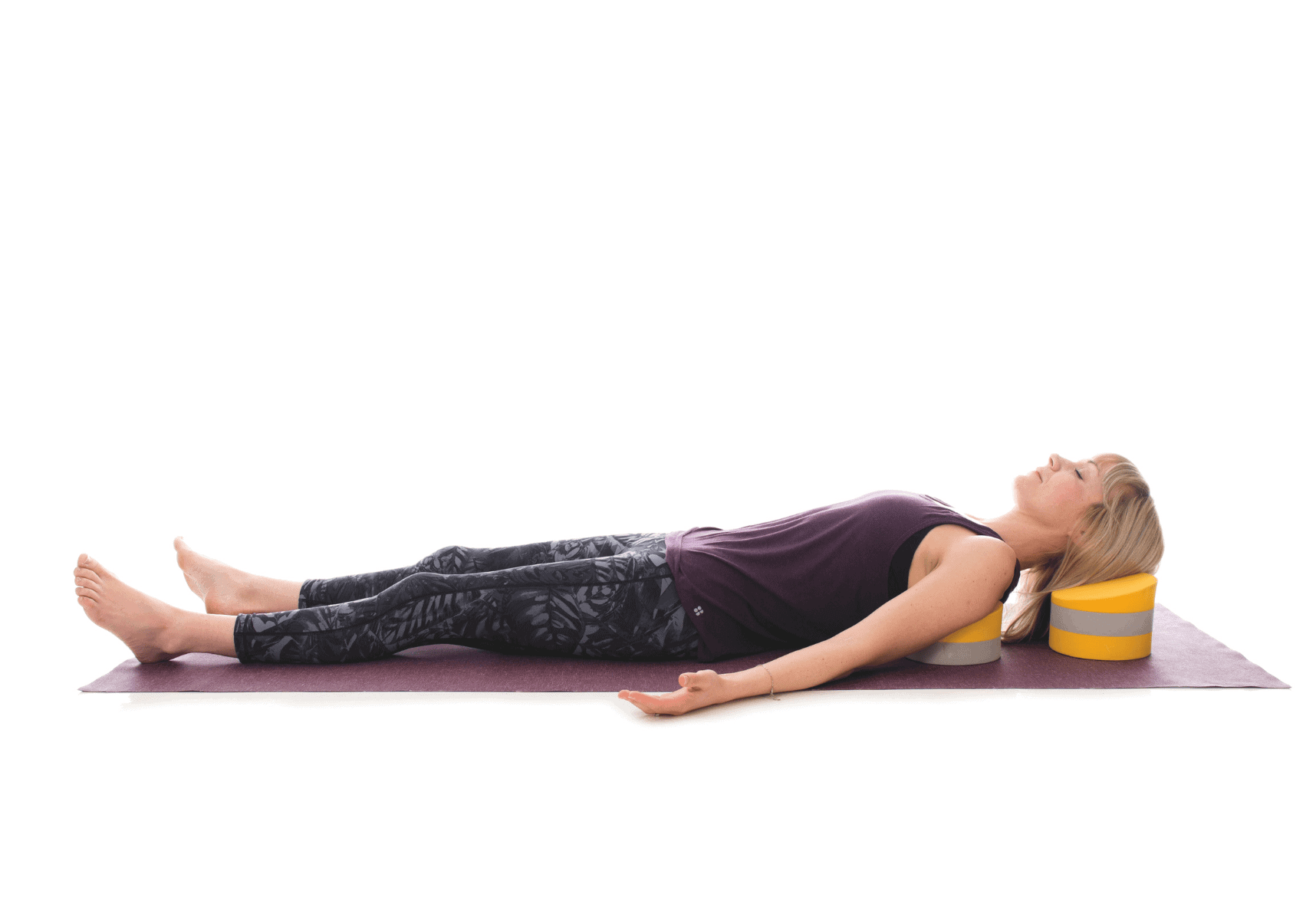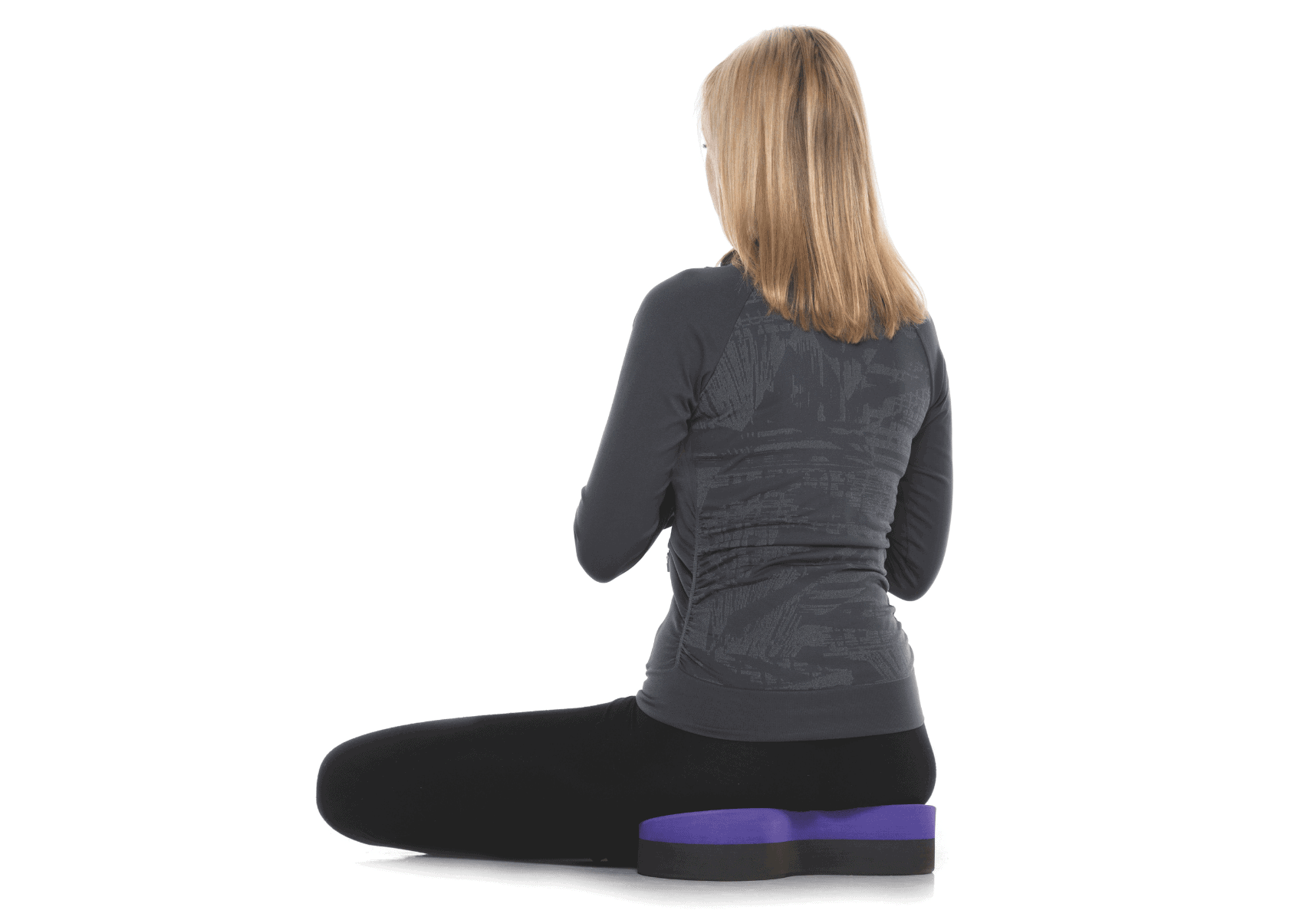
The Buttafly
A revolution in spine health: from back pain to vitality. By Loulou James
Reading time: 4-5 minutes
For over 30 years, my work has been dedicated to helping people move beyond back pain. As the designer of the Buttafly, yoga teacher, and a former physiotherapist, I’ve come to understand that a healthy spine is about so much more than being pain-free — it’s the foundation for vitality and wellbeing. This realisation has shaped my journey from addressing back pain to promoting proactive back care and now to championing a revolution in spine health.
A healthy spine supports how we move, breathe, and feel. It influences the nervous system, posture, and emotional resilience, creating a ripple effect on our overall health. Yet, spine health is often overlooked until discomfort arises. My mission is to change this perspective, and transform how we care for the spine, empowering individuals to live with greater freedom and vitality.
The spine and the central nervous system
The brain, spine, and nervous system form the foundation of how the body functions. The brain acts as the master controller, coordinating every process in the body. Information from nerves travels to the brain via the spinal cord, which is protected by the spine’s vertebrae. This design allows the spine to support movement while safeguarding the spinal cord.
The spine plays a crucial role in this system by ensuring the brain receives accurate information about the body’s position and movements — a concept known as proprioception. Proper spinal function helps the brain maintain balance, coordinate movements, and respond to challenges like tripping or lifting heavy objects.
When the spine isn’t functioning optimally, it can disrupt this communication. For example, the small muscles near the spine and skull, which provide sensory feedback to the brain, may send inaccurate signals. This can affect movement patterns, reducing coordination, and causing clumsiness, or discomfort over time.
Spinal health is essential for the brain to adapt and respond to the body’s needs. When the spine moves harmoniously, the brain can efficiently manage activities like running, lifting, and maintaining balance, supporting overall wellbeing.
The spine and the craniosacral system
The brain and spinal cord are enclosed and protected by the craniosacral system, a delicate network of membranes and cerebrospinal fluid (CSF) that plays a vital role in nourishing and maintaining the central nervous system’s optimal function. This intricate system ensures the brain and spinal cord are cushioned and supported, with the CSF acting as a medium for nutrient transport and waste removal. Central to this is the spinal cord’s central canal, a narrow channel extending from the brain’s ventricles down the spine. While its specific functions remain under-researched, the central canal is integral to the circulation of CSF, contributing to the nourishment and protection of the spinal cord.
Spinal alignment is essential for the craniosacral system’s health. Misalignments can disrupt the natural flow of CSF, leading to tension, discomfort, and diminished overall function. Restoring proper alignment optimises this flow, promoting relaxation, enhancing vitality, and supporting the body’s innate healing processes. This highlights the profound connection between spinal alignment, health and wellbeing.
Alignment and asana
Spinal alignment forms the cornerstone of a safe and effective asana practice in yoga. Alignment, however, is not the same as symmetry. Think of a majestic oak tree — its branches may not be perfectly symmetrical, yet its strength lies in their ability to sway freely with the wind.
Challenges arise when freedom of movement is restricted, like when a branch is caught in barbed wire. Similarly, in both active and restorative asana practices, exploring a pose only as far as the body can maintain fluidity in all directions is beneficial. This creates space for the breath to flow naturally, fostering steadiness, comfort and ease in the practice.
The flow of energy: prana and the spine
In yoga, we often speak of prana — life force energy that flows through the body. While less-than-optimal spine alignment may not directly block this flow, it can create physical conditions that hinder the body’s ability to channel energy effectively. Misalignments can lead to tension, restricted movement, or discomfort, which may obstruct the natural flow of prana.
Addressing these issues through physical therapy, yoga, and other modalities can help restore balance, creating the conditions for prana to flow more freely. This enhances physical wellbeing and supports the effectiveness of energy practices like pranayama and meditation.
A holistic approach to spine health considers the physical and energetic aspects of the body. By aligning the spine and releasing tension, we allow energy to flow more easily, fostering a more profound sense of harmony and vitality.
Loulou James is a yoga teacher, spinal health specialist and the designer of the Buttafly and the Buttafly Technique. Find out more at: thebuttafly.com






